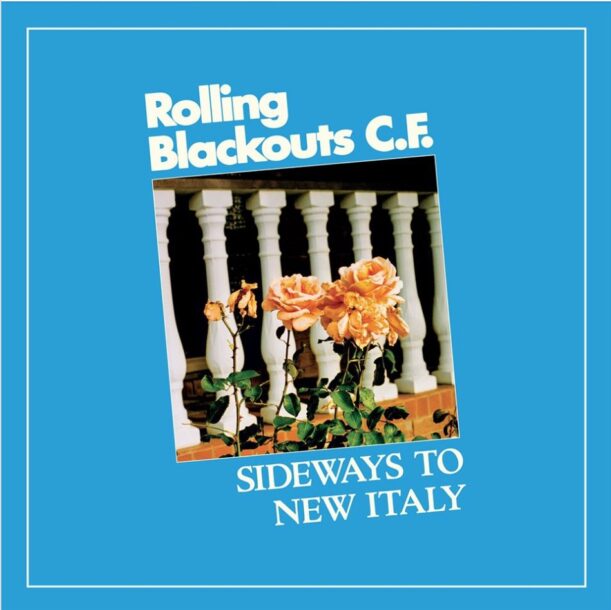
By DAN MACINTOSH
Every so often, a band comes along that gets straight to the pleasure points in your brain. You may want to call this phenomenon sonic dopamine. Rolling Blackouts Coastal Fever is a band like that, and it’s why the group’s album Sideways to New Italy is so addictive.
The act is from Melbourne, Australia, originally initiated by three singer-guitarists. And make no mistake about it, this is most decidedly an electric guitar band. Its songs are driven by glorious jangle rock. Therefore, nothing on its new album sounds particularly club-ready, at least not by today’s pop standards. If any of these songs make you dance, you’ll likely look like some beautifully oblivious, spaced-out chick at a Grateful Dead concert.
The group often draws comparisons to the Go-Betweens, and this it’s a fair comparison. However, album opener “The Second Of The First,” with its driving rhythm, is joyfully Feelies-like. “Cars In Space” is another hyperactively Feelies-esque entry.
“The Only One” stands out for its bass-driven intro, though. It has a chime-y feel and is – along with many others – similar to wonderful 80s music from The Church.
Lyrically, much of Rolling Blackouts Coastal Fever music amounts to stream of consciousness impressionism. One called “Falling Thunder,” which is receiving a lot of alternative radio attention, asks, “Is it any wonder?” and then continues, “We’re on the outside/Falling like thunder/From the sky.” These words are intriguing, yet still cryptic. The act’s overriding joyful instrumentation grants these songs a lot of grace though. Who cares what they’re singing about when the sonic feels so darn good? Nobody.
Rolling Blackouts Coastal Fever brings back a flood of good musical memories to these ears. Its sound hearkens back to when college radio was exploding with wonderful new bands, like R.E.M., which alchemized the Byrds, the Beatles and other 60s rock icons into something entirely new. Back then, electric guitar was not just one shade in a song’s overall color scheme; it was clearly the primary tone. This band exemplifies how joyful noise can still be created with the simple elements of guitar, bass and drums.
Sideways to New Italy is one example of why – despite the rumors of its demise – inventive guitar rock is still alive and well.

